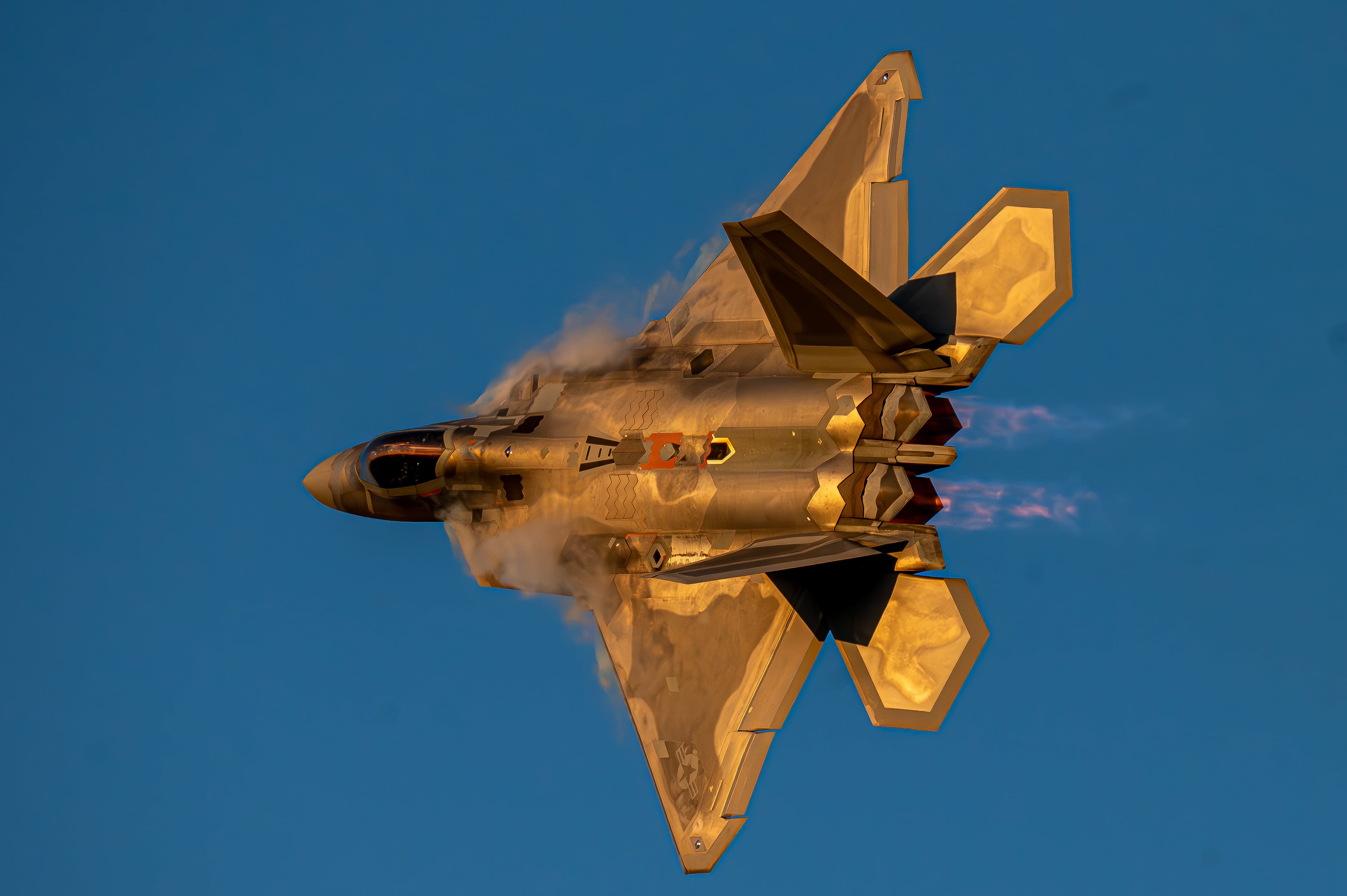There is an equine arm of the United States Space Force. We’re not horsing around.
The military’s newest and most continually bewildering service branch shared a video last week welcoming the addition of a military working horse — a mustang named Ghost — to the ranks of the 30th Space Wing.
(Ghost, unlike Mustangs immensely popular with junior enlisted, does not come with a debilitating 41 percent APR.)
The 5-year-old horse, acquired through the Bureau of Land Management, is part of a team at California’s Vandenberg Air Force Base that carries out duties that range from conservation efforts to the enforcement of hunting and fishing laws.
And while no one can fault the service members involved for landing perhaps the most enjoyable gig in the U.S. military, the notion that these tasks A) are performed by a military unit, and B) once fell under the command of the U.S. Air Force remains perplexing.
“Before this program I had never ridden a horse before, but I came in every day and rode and volunteered,” Senior Airman Michael Terrazas said in a March 2019 profile of the detachment.
“We are able to go through creeks and water with the horses, high hills that we wouldn’t be able to get through with off-road vehicles. There are places we’ve gone where the water is so deep that my boots are wet while on horseback, but the horses can walk through with no problems.”
Jealous, no doubt. But should pleasant strolls on horseback through picturesque landscapes be included in the budget of a branch that has its eyes turned toward the cosmos?
That answer is an emphatic neigh.
Recent evidence compiled by top astrophysicists suggests horses cannot survive in the vacuum of space. Additionally, it’s widely accepted by the scientific community that a very small number of horses have participated in the development of celestial programs such as lunar modules, Mars rovers, or satellites for deep-space exploration. I personally have viewed Christopher Nolan’s “Interstellar” at least a dozen times and have yet to identify a Seabiscuit cameo.
Still, this is space, the final frontier, and there’s never been a better time to provide a celestial cowboy with a trusty steed.
According to the service’s official page, the Space Force mission is to organize, train, and equip “space forces in order to protect U.S. and allied interests in space and to provide space capabilities to the joint force.”
The branch also summarizes its responsibilities as “developing military space professionals, acquiring military space systems, maturing the military doctrine for space power, and organizing space forces to present to our Combatant Commands.”
Equestrian instruction is noticeably absent in those descriptions, barring any fine print under the mission statement that will permit Ghost to boldly go where no horse has gone before.
If the first recruiting ad for the U.S. Space Force is going to float the idea that “maybe your purpose on this planet isn’t on this planet,” why not include the otherworldly mission of firing laser beams while galloping through the cosmos on the back of Secretariat?
Horses? Where we’re going, we don’t need horses.
J.D. Simkins is the executive editor of Military Times and Defense News, and a Marine Corps veteran of the Iraq War.
Tags:
space force trumpspace force horsesmilitary horsesfish and game lawsspace force showspace force missionspace force new branchspace force militaryIn Other News















